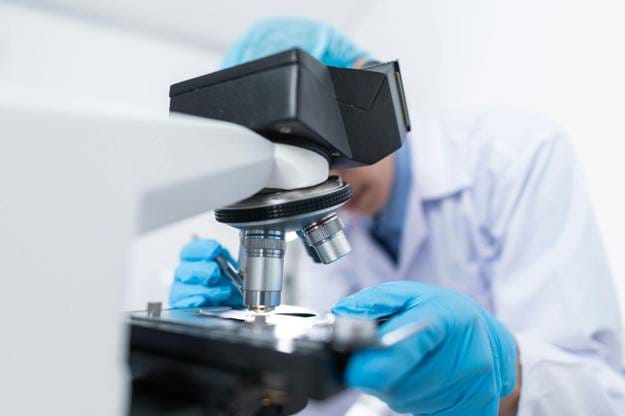Some things in research are easy to spot. They sit on the surface. They show up with basic tools. But the real answers? They usually hide a bit deeper. They take effort to uncover. They need more than standard methods. That’s where advanced research tools come in. These tools help you move past what’s obvious. They reveal layers you never knew were there.
Many researchers now depend on tools like fluorescence microscopes. These devices can highlight specific details inside a cell. They use glowing dyes and special lighting. That makes certain structures stand out more clearly. With this kind of clarity, researchers can spot movement, reactions, or changes that regular microscopes miss. It’s a simple tool on the outside but holds real power in the lab.

Looking Deeper, Not Just Closer
Some tools only magnify what’s already visible. Others dig into new territory. Advanced research tools fall into the second group. They help explore what can’t be seen with the naked eye. They catch the small stuff. They reveal how things shift, react, or interact.
When researchers rely on high-end imaging or real-time tracking, they get more than just snapshots. They get insight. They see how cells behave over time. They follow tiny reactions from start to finish. That kind of access changes how people approach questions. It helps shift the focus from just “what” to also asking “why” and “how.”
Tools That Help You Rethink the Question
Insight doesn’t always come from answers. Sometimes, it comes from better questions. Advanced tools give researchers a chance to rethink the way they ask things. Instead of guessing or working from limited data, they can start with a full picture.
Take data analysis platforms, for example. These tools process complex results and make patterns easier to spot. They help uncover connections that aren’t obvious right away. That allows researchers to adjust their focus. It gives them more freedom to explore angles they may have missed the first time. It also cuts down on guesswork.
Seeing What Happens in Real Time
One of the most useful changes in modern research is the ability to watch things unfold live. This is where tools like live-cell imaging systems shine. They let scientists observe how things change second by second. That kind of tracking used to be impossible. Now it’s normal in many labs.
Instead of freezing a moment in time, researchers can follow how reactions happen. They can see how a cell responds to a treatment. They can notice when things shift. That kind of detail makes their work more precise. It also builds stronger theories based on what they actually observe.
Tech That Works Smarter, Not Just Harder
It’s not just about getting better visuals. Many advanced tools now come with built-in intelligence. Some use machine learning. Others rely on automated tracking. These features speed up the process. They help spot patterns faster than a human ever could.
For example, a program might scan a group of images and flag small changes. It might highlight areas where something unusual happens. That saves time. It also keeps the research focused. Scientists can then dive into the results without spending hours sorting through piles of data. It’s smart tech doing smart work.
Crossing into New Fields
One of the coolest things about advanced tools is how flexible they are. They don’t just stay in one part of science. They cross into different areas. A tool used in biology might help in materials research. Something built for chemistry might work in environmental studies.
This crossover helps create more creative projects. It breaks down barriers between fields. Researchers can team up. They can share results. They can learn from each other’s methods. That leads to more useful discoveries. It also pushes people to think in ways they hadn’t before.
Working Around the Obstacles
Not every lab has access to the latest tech. Budget limits, time issues, or training gaps still pop up. But even with those challenges, more researchers are finding ways to work smarter. They use shared labs. They connect with tech hubs. Some even turn to open-source software to fill in the gaps.
The key isn’t always having the best tools. It’s about knowing how to use what’s available. With enough creativity and focus, many researchers find ways to keep pushing forward. They solve problems with what they’ve got. And sometimes, that leads to even more original ideas.

Tools That Help You Think, Not Just Work
At the end of the day, research tools should do more than just run tests. They should help you think better. They should support curiosity. They should build paths to new ideas. The best tools don’t just confirm what you already know. They shake things up. They challenge your view.
Advanced research tools open new doors. They guide you toward insights that aren’t sitting out in the open. They take your work beyond the basics. Past the expected. Beyond the obvious.





